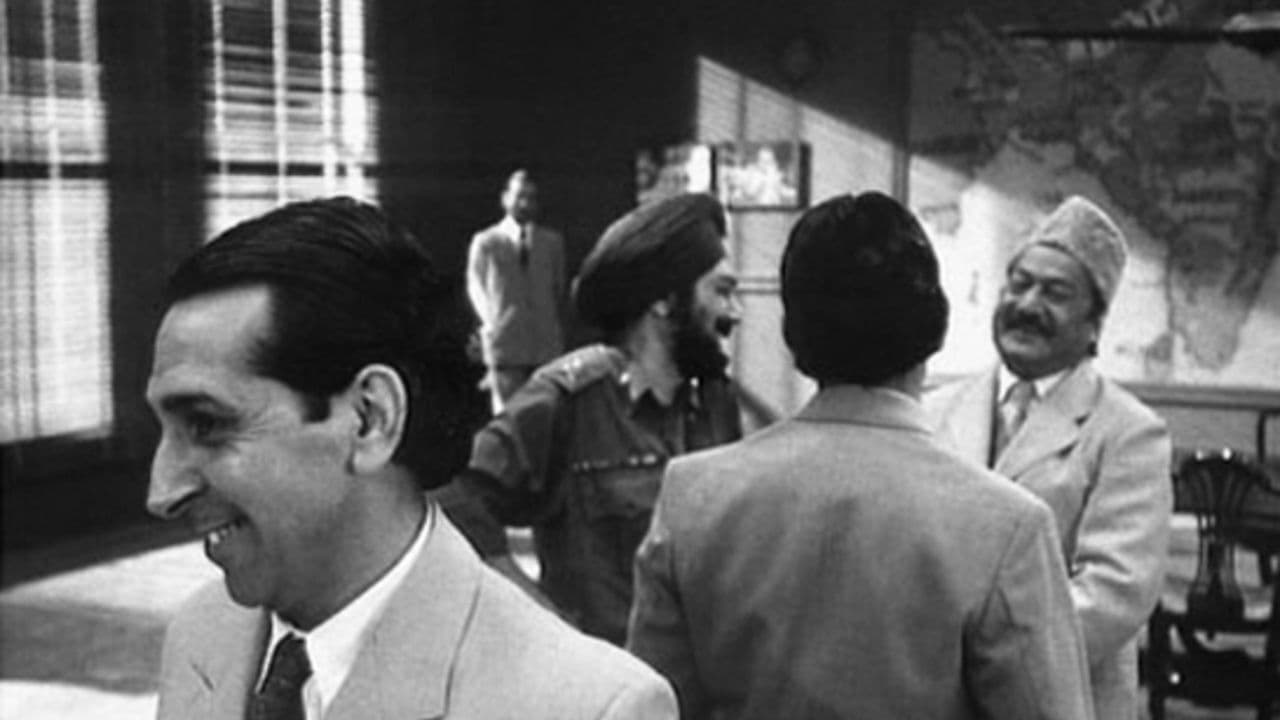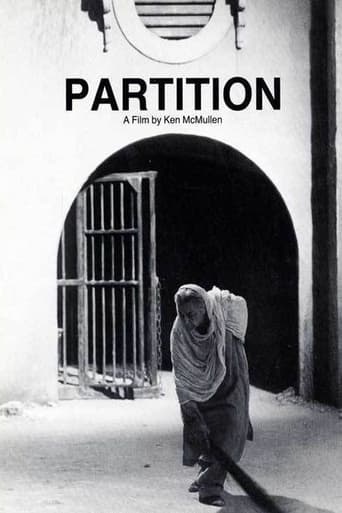Arianna Moses
Let me be very fair here, this is not the best movie in my opinion. But, this movie is fun, it has purpose and is very enjoyable to watch.
allenrogerj
The aim of so many films is realism; this film, on a tiny budget, deliberately artificial shows that realism and reality aren't the same thing and if you don't try for realism you may better show reality. Based on a short story by Saadat Hasan Manto about the non-Muslim lunatics in Lahore Lunatic Asylum who were shipped to India at Partition in 1947 this film looks at the moment of division, it has the same actors playing two sets of characters- the lunatics and the senior officials at a series of meetings chaired by a British general negotiating the division of the liabilities- such as the "loonies"- between the new countries of India and Pakistan. The only character common to both sets of scenes is the elderly woman sweeper and narrator who sweeps dust around the asylum courtyard and polishes the mirrors and tables in the negotiating rooms.It is filmed carefully, formally, ritualistically, using minimal sets; the first scene starts at two minutes to midnight on the day of Pakistan's independence and a fixed camera shows the sweeper, distorted by a transparent cloth hanging in the way, sweeping her way across the asylum courtyard. At the moment of independence she tears away the cloth. This is echoed by a remark by an Indian negotiator, that the British have put a veil between himself and the reality of his country. Many scenes among the negotiators are shot partly or wholly in mirrors- men apparently back to back talk to each other and we realise that this is how it looks in a mirror. In the asylum shots look down corridors into the bright courtyard and characters go down corridors. there is one extraordinary shot where a negotiator leaves the room and walks along a corridor; the camera follows his face in a steady movement and gradually he becomes the lunatic he plays; a piece of magnificent and delicate virtuosity. Another effect is achieved by sudden switches to black-and-white from colour film. Actors repeat the same words in black-and-white or in colour; the black-and-white is memory or rehearsal; not quite the same as the "reality" of colour. This also helps integrate the only exteriors we see, black-and-white newsreels of the end of British rule- a train reflected in a river and an extraordinary shot of riots shown through the gates of the asylum- now an asylum from the murderous madness outside. It's not quite a perfect film- one of the attempts at universalism, a reference to the mutiny of the Connaught Rangers in 1920- actually seems more parochial than the ritual of officials and lunatics in their solemn motions- but it shows what can be done by intelligent and dedicated film-makers despite or because of tiny budgets. It deserves to be on DVD along with other more famous films.

